On May 29, three artists in love with the Andalusian folk tradition gave a show at the Foyer rural de Mauvezin, entitled “Puntos cardinales”.
Like a return to basics, after an extremely strict period from the health point of view, from the moment the green light was given to return on stage, Alberto Garcia – vocals, Leny Creff – guitar, Mathilde Anton – dance, they also offered the public the possibility of returning to the show to have the opportunity to travel for an hour in the lands of Andalusia.
The harmony of guitarist Leny Creff, but also the voice of Alberto Garcia as well as the dance rhythms of Mathilde Anton, brought back the eight provinces of Huelva, Seville, Cadiz, Malaga, Cordoba, Almeria, Granada and Jaén, which are part of Andalusia, at the Rural Foyer of Mauvezin.
Who are the artists of this show?
Alberto Garcia – flamenco song
He made his debut in 1997, shared the stage with Jean Marais in Arlesienne with music by Bizet arranged by Catherine Lara. he took part in “LeCid flamenco” tours in France, directed by Thomas le Douare at the Théâtre La Madeleine, Théâtre Marigny and abroad.
Alberto Garcia sang alongside the most remarkable French musicians and dancers, but also with large-scale Spanish artists such as: Curro Fernandez, El Extremeño (vocals), Rafael de Carmen, Andrés Peña, Andres Marin, Ramon Martinez, Alfonso Losa, El Mistela, Ana Morales (dance), Oscar Lago, Miguel, Paco and Eugenio Iglesias, Jesus Guerrero, Canito (guitar), Mariano Campallo.
Appears on posters of major festivals with figures such as Manuel Agujetas, El Cigala, Mercedes Ruiz. Has the privilege of being the first part of El Grilo’s shows at Paquera de Jerez.
“Alberto Garcia is one of the greatest flamenco voices in France.”
- In 2006, he was invited by the Andalusian Grand Orchestra of Israel and toured the most important cities of this country.
- In March 2011, “what are you becoming?” »Is also performed in Spain as part of the flamenco festival Viene del sur in Seville (Central Theater), Granada (Alhambra Theater), Malaga (Canovas Theater), London (Barbican) where he was nominated in 2014 for the Olivier Awards.
- In April and May 2014, he participated in the project “Rekindle the stars” of the actress Fatym Layachi alongside Niño Josele, Jamal Nouman, Mohamed El Ouahabi, Rachid Zeroual, Ptit Moh (Casablanca, Rabbat, Chefchaouen).
Concert dates:
- 12 JUNE 21 TABLAO CON LEA LLINARES
LOCATION LA BULERIA (TOULOUSE) - JUNE 17 21 NICOLAS SAEZ SEXTET
PLACE ARES - JUNE 19 21 “JALEO” LOUIS WINSBERG
LOCATION MAP OF CUQUES - 25 JUNE 21 MANUEL DELGADO FLAMENCO QUINTET
LOCATION TAVERNY
Leny Creff – guitar
A young French artist, Leny began at the age of ten with the piano. At the age of 14 he developed a passion for the guitar and set up a few group projects with which he learned a lot.
To continue his studies, he moved to Rennes and obtained a license in musicology and at the same time joined Cédrick Alexandre’s “Current Amplified Music” class at the Rennes Conservatory, and graduated in 2009.
In 2010, the thirst for learning led him to take a course in flamenco guitar at the conservatory of Granada, Andalusia. And then, he travels the flamenco roads, to deepen his knowledge with the greatest such as: Dani de Morón, Antonio Rey, Manuel Valencia.
Leny Creff, joins different flamenco formations in Toulouse: “Flamenco Nuestro” with La Nimeña, “Nuevas Raices” and “Cendrillon Cuento flamenco” with Vanessa Domiati, the Flamenco Company “la Chispa” among others. He accompanies the lessons at the dance academy of “La Nimeña”.
He also plays in crossbreeding groups with Esperanto or Tamara.
MATHILDE ANTON
Mathilde Antón, originally from the South West of France, discovered Flamenco at an early age in Toulouse with Mélinda Sala, Estefanía Suissa and Stéphanie Fuster.
In 2011 that of his departure for Spain, in Madrid at the prestigious school of Amor de Dios with Pepa Molina, Alfonso Losa, Carmen “La Talegona” and Concha Jareño.
In Seville in 2012 where she completed her training by receiving lessons from great “maestros” such as Ursula López, Andrés Peña, Adela Campallo, La Moneta, Patricia Guerrero.
Her career as a solo dancer began in 2014 in various paintings (tablaos) and chagrin (peñas) of Andalusian geography: ”Flamenqueria”, ”Peña Niño de la Alfalfa”, ”El Milagritos” from Seville, etc.
She presents several shows within various French companies in festivals such as:
- ”Flamenco Pourpre” from Bergerac,
- ”Festival Arte Flamenco” of Mont-de-Marsan,
- ”Rencontres Albi Flamenca”, ”Comme un Festival” in Toulouse,
- ”Nuits Flamencas” of Avignon;
- and is also called abroad on various projects (internships, shows or regular courses): Belgium, the Netherlands, Finland, Japan, Turkey.
Her career was rewarded in 2015 when she finished semi-finalist in the “Desencaja” competition of the Instituto Andaluz de la Juventud, representing the province of Seville at the Teatro Central in Seville.
This allowed him to join the ”Peñas de Guardia” circuit in 2016. In June 2017 she was a finalist in the ”Concurso de Baile Jóven” organized by the Fundacion Cristina Heeren at the Sala Compañia in Jerez de la Frontera.
THE ORIGINS OF FLAMENCO
Flamenco in its strictest sense, is an art form based on the different folk musical traditions of southern Spain, originating in the region of Andalusia, but also having a historical presence in Extremadura and Murcia.
Born in Andalusia at the end of the 18th century in the most marginal and poorest social strata, flamenco remains marked by a mystery around its origins.
In a broader sense, the term is used to refer to a variety of Spanish musical styles. The oldest recording of flamenco music dates from 1774 in the book Las Cartas Marruecas by José Cadalso.
Although flamenco is often associated with the Gypsy ethnicity which has contributed significantly to its development, its origin and style is uniquely Andalusian and flamenco artists have historically included Spaniards of Gypsy and non-Gypsy heritage.
The term did not appear until the 19th century and gave rise to much controversy as to its etymology. Some say it comes from the Arabic fellah mengu.
However, some musicologists have pointed out that the term “flamenco” has only been used in our context here since the 19th century, when the Arabic language had little influence in Spain.
Another possibility would be that this term would refer to the Gypsies who fought alongside the Spaniards in Flanders. Other hypotheses still suggest that “flamenco” would echo the haughty port of the pink flamingo which is reminiscent of that of the singer or the dancer, or that the term would be a pejorative allusion to the designation of the Gypsies by the Andalusians who made them. dealt with flamencos. The term “flamenco” has established itself but is sometimes competed with by that of cante jondo.
A second mystery persists, that of its origins: indeed, if the Arab, Jewish or Gypsy influences are perceptible there, flamenco seems to emerge as if by magic in the 19th century, already possessing the whole range of fundamental styles, called palos, which still characterize today.
THE ESSENTIAL
- The origin of flamenco is still a mystery today. However, the tradition of this art was built in Andalusia, in the south of Spain. Now widespread throughout the world, flamenco was labeled in 2010 “Intangible Cultural Heritage of Humanity”.
- The melodies of flamenco are enriched by Arab and Jewish musical influences.
- The Gypsies, once they arrived in Andalusia, took hold of flamenco and helped give it its final shape.
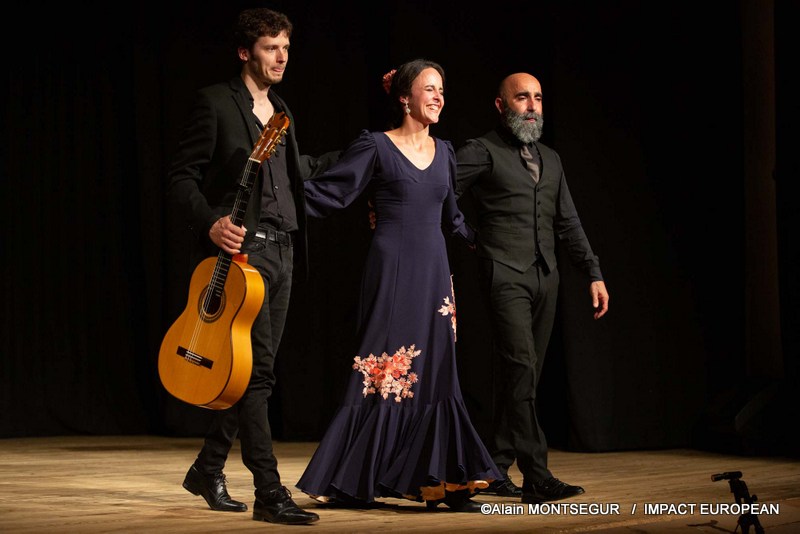
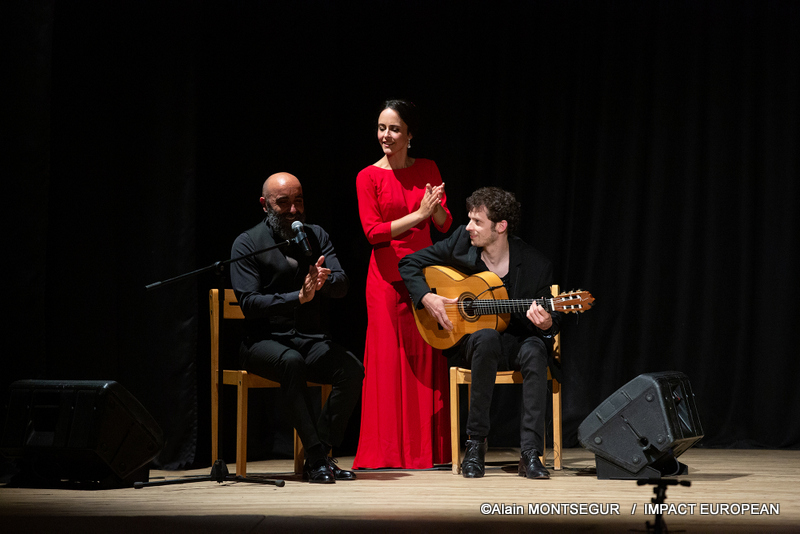
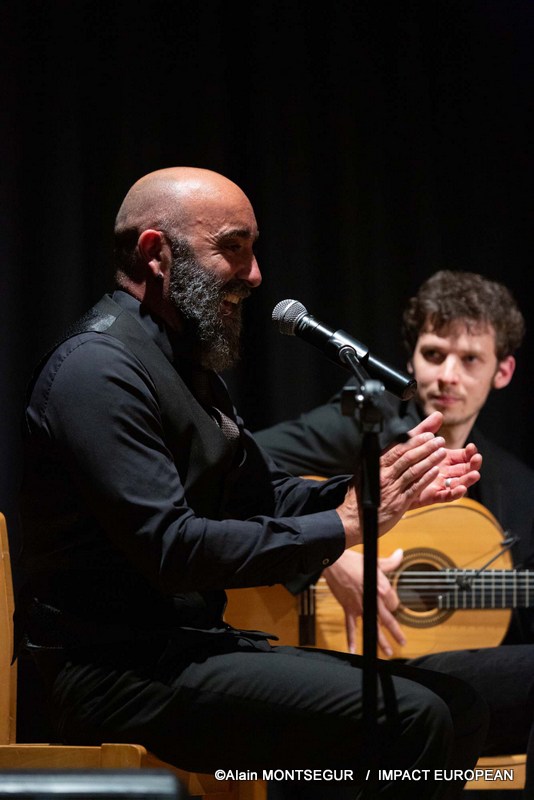
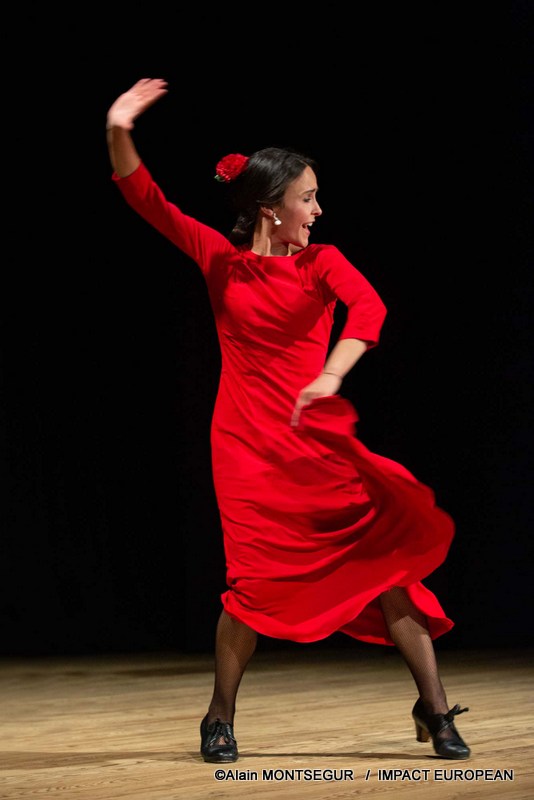
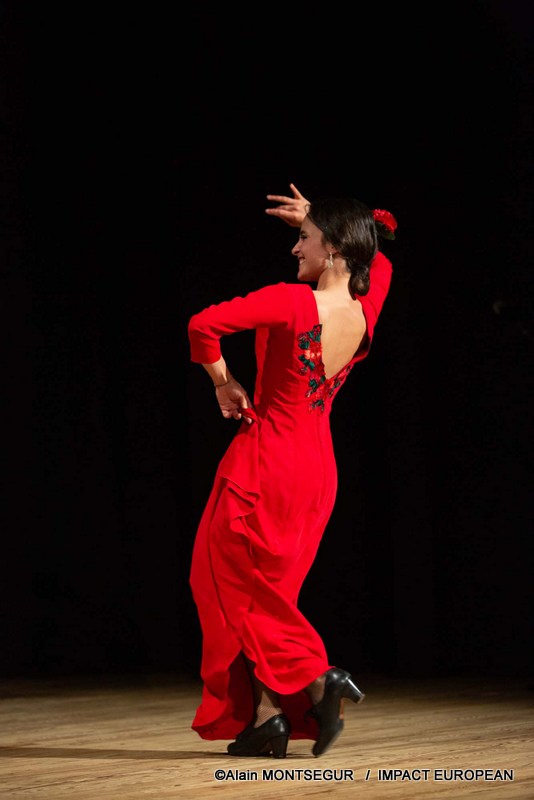
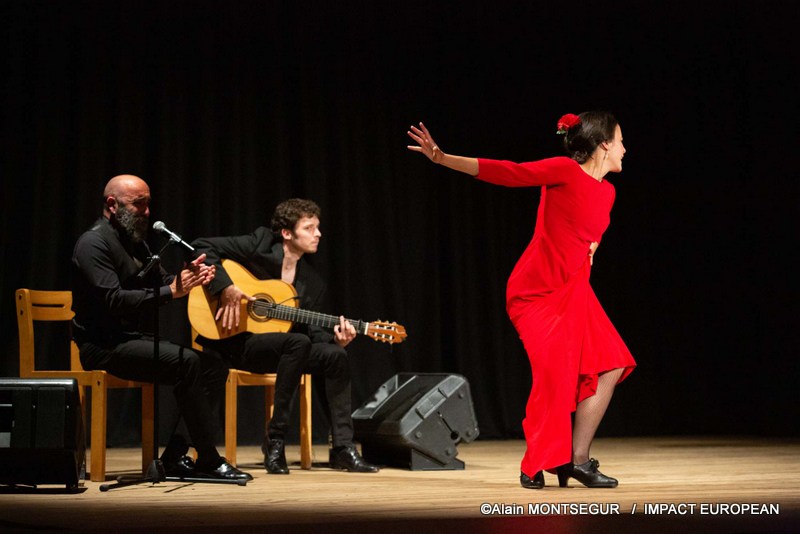
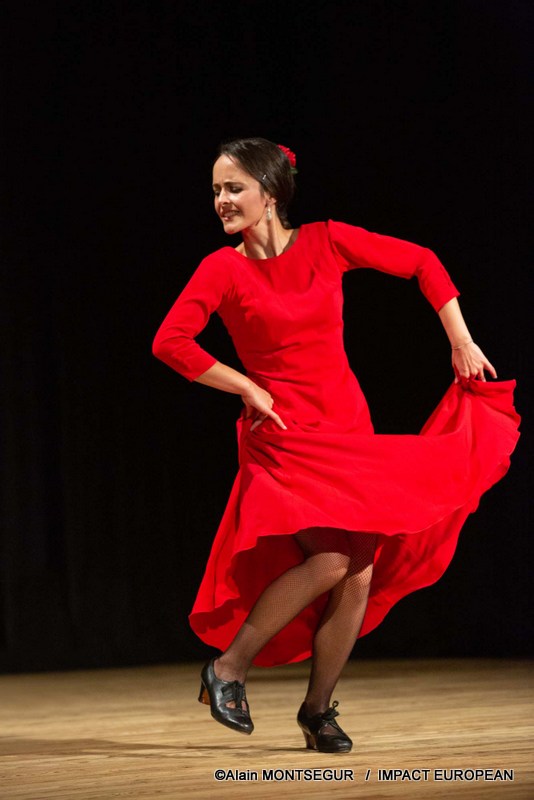
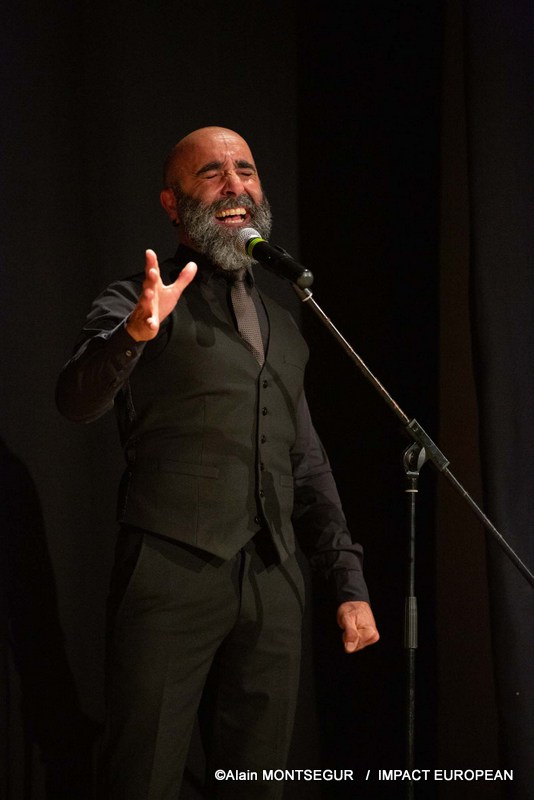

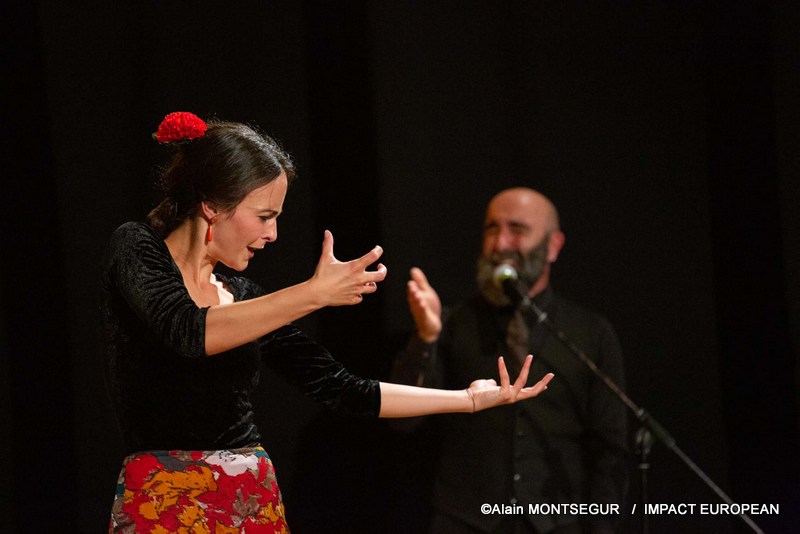
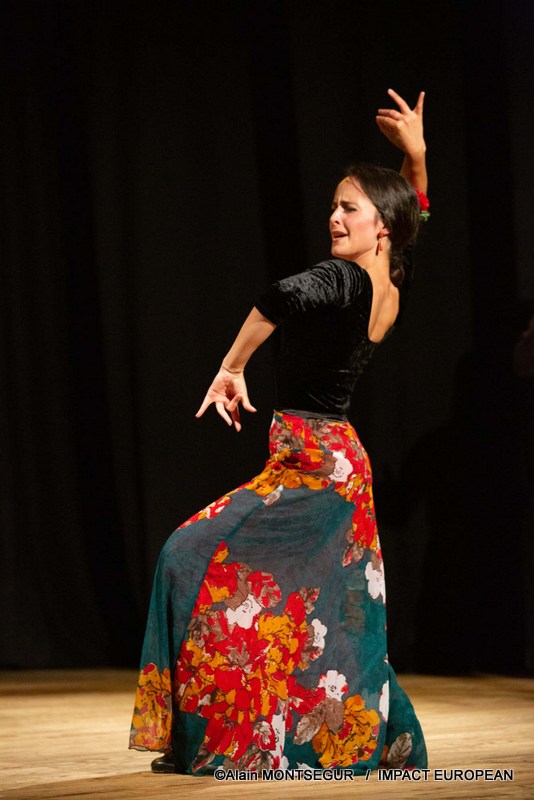
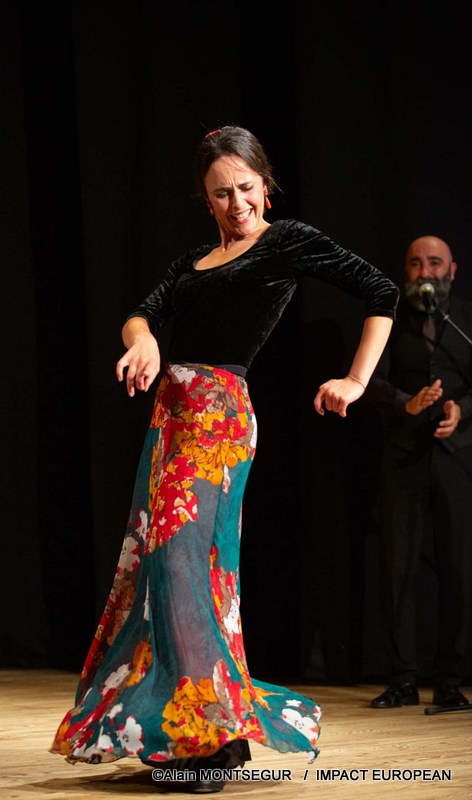
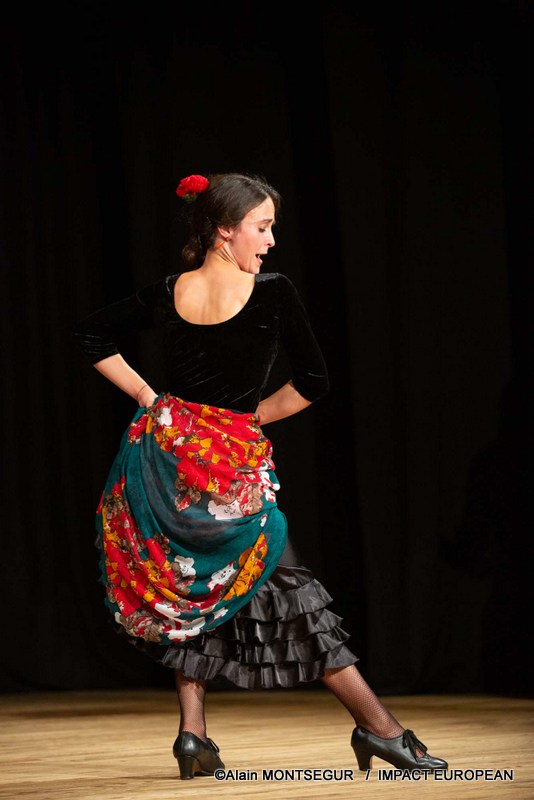
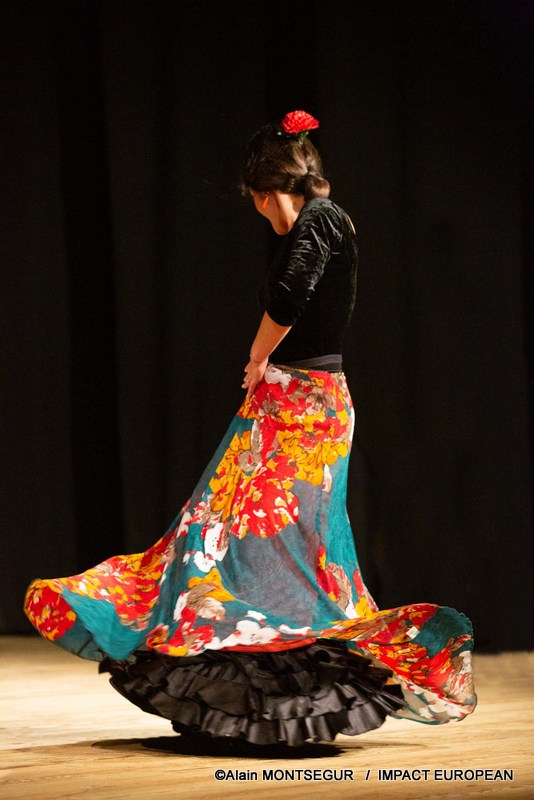
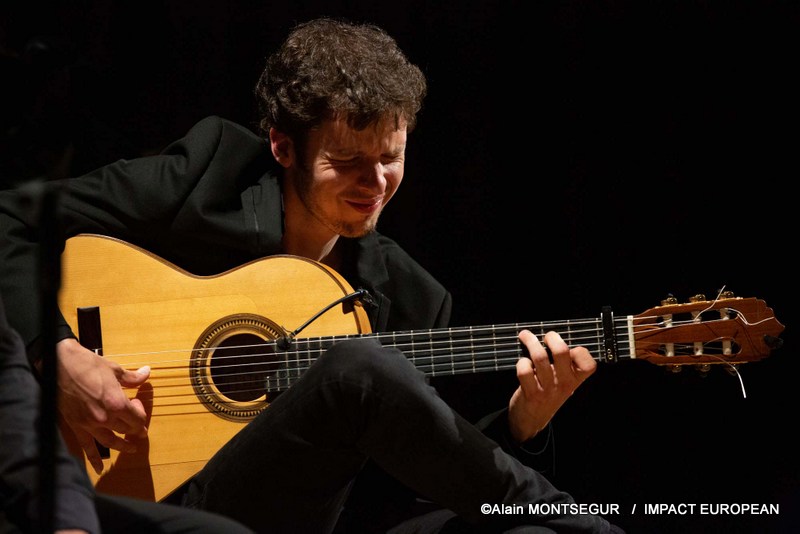
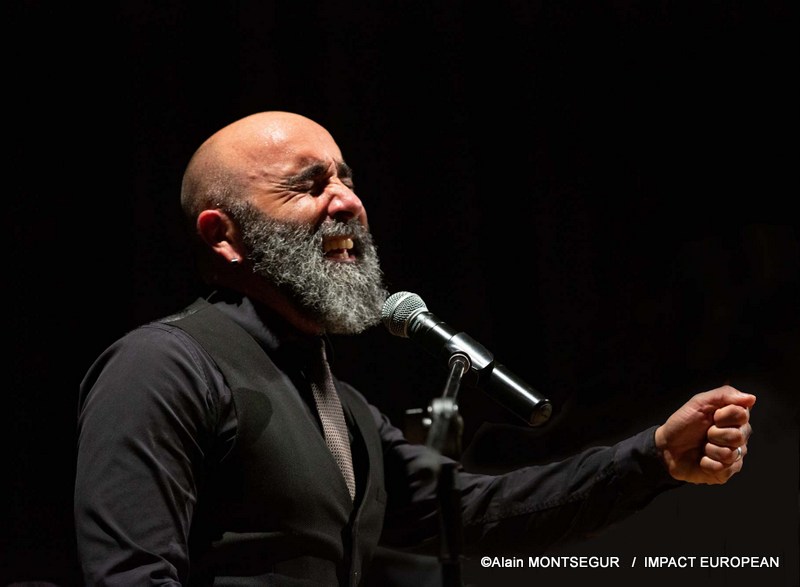
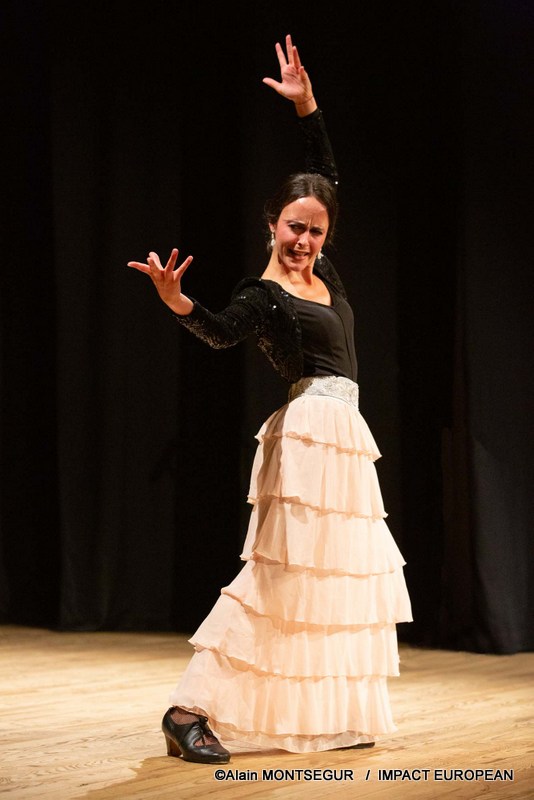
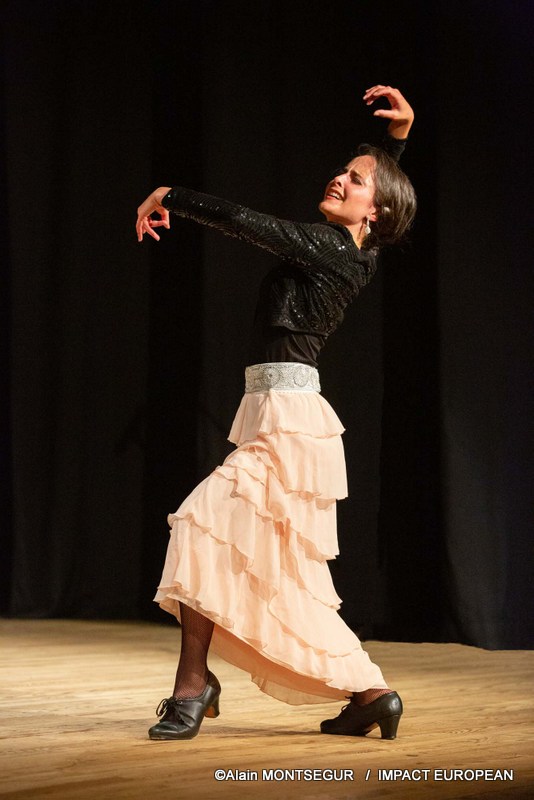
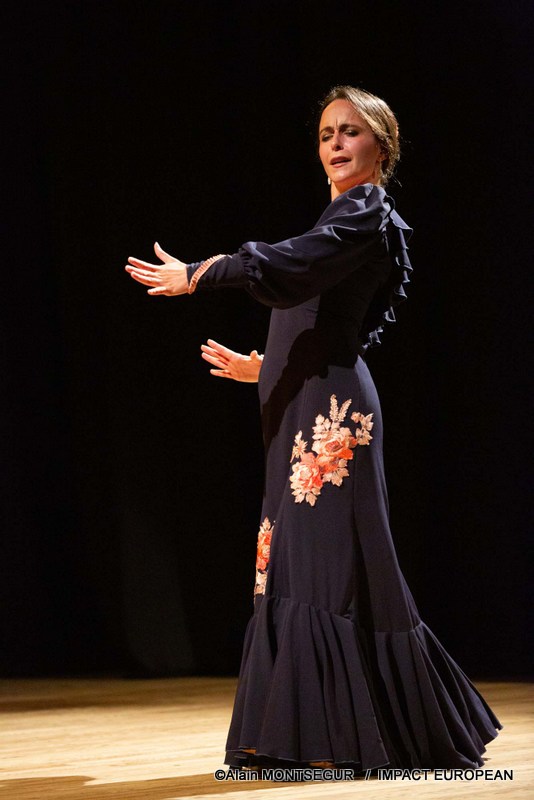
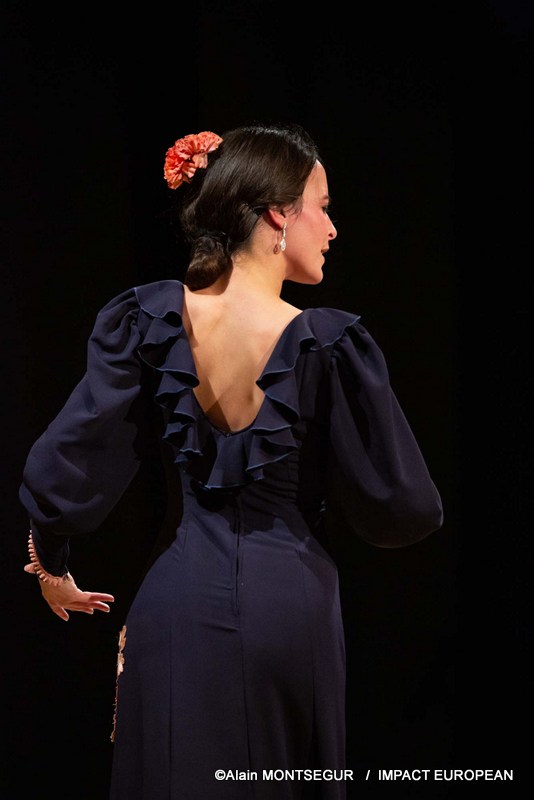
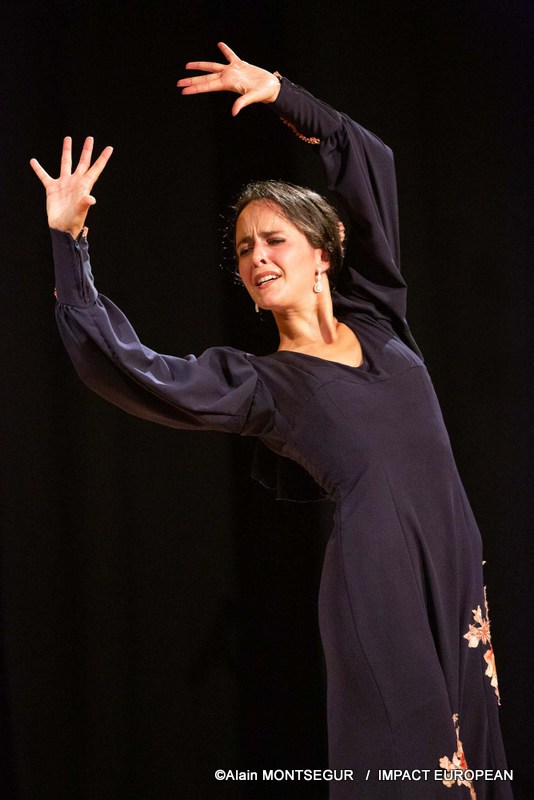
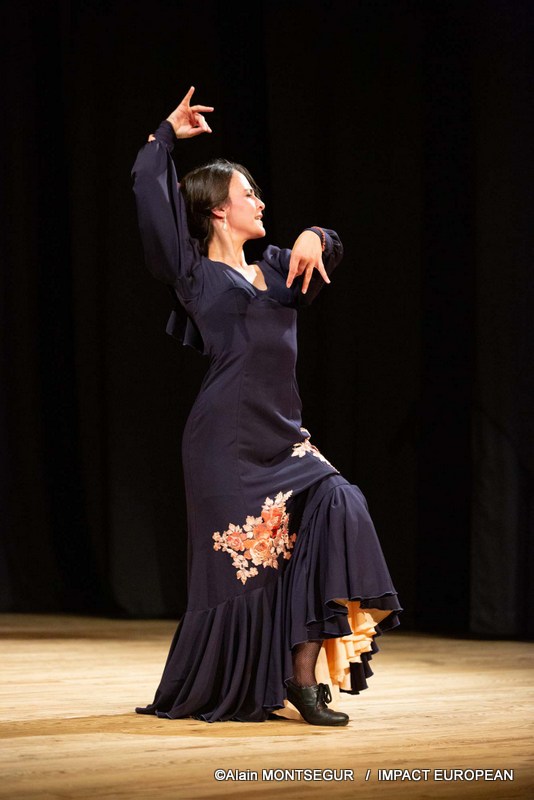
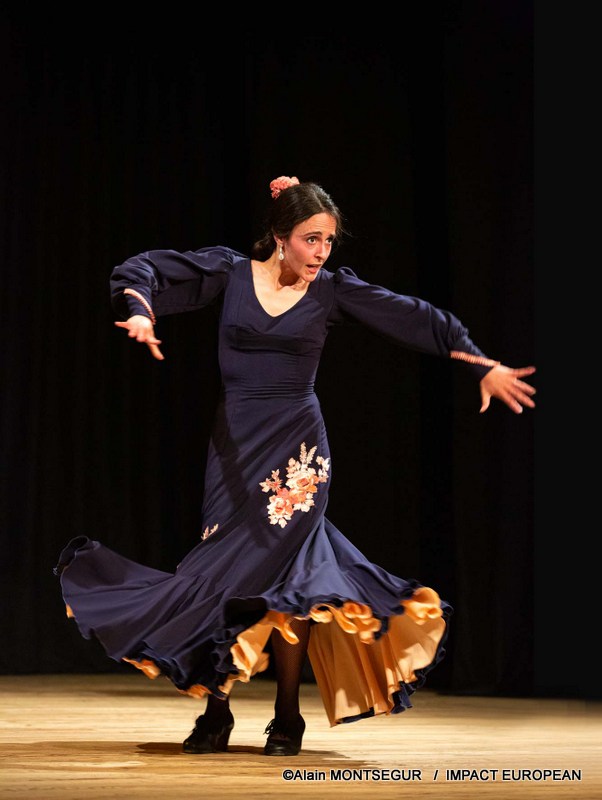
More Stories
Learn to manage your business with Rivalis
Championship / Rugby League: Toulouse Olympique wins against Whitehaven
METAL D’ALCOVE, the workshop of Eric KATZ, lighting sculptor in Montmartre